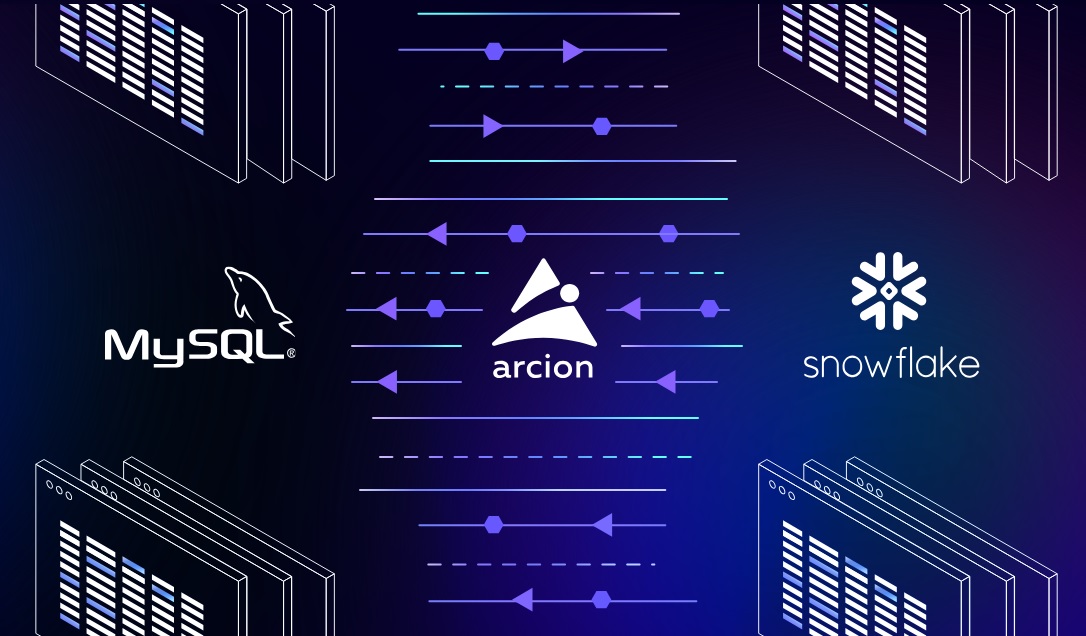Contents
In today’s data-driven world, businesses face the challenge of managing and extracting insights from massive amounts of data. To meet these demands, organizations often need to migrate their data from one database system to another. In this article, we will explore the process of migrating from a popular relational database management system MySQL to Snowflake, a powerful cloud-based data warehousing solution.
Understanding MySQL and Snowflake
Before delving into the migration process, it’s important to understand the key characteristics of MySQL and Snowflake.
MySQL: A popular relational database management system
MySQL has been widely used for many years, known for its reliability and ease of use. It offers a comprehensive set of features and functionalities, including support for transactions, stored procedures, and triggers. However, MySQL also has its limitations, such as scalability challenges when handling large datasets and limited support for complex analytical queries.
Snowflake: A cloud-based data warehousing solution
Snowflake, on the other hand, is a relatively newer entrant in the data management landscape. Built for the cloud, Snowflake offers a highly scalable and flexible platform for storing and analyzing large volumes of data. Its unique architecture separates storage and compute, allowing for on-demand scalability and efficient resource utilization. Additionally, Snowflake provides advanced features like automatic query optimization and support for semi-structured data.
Preparing for Migration
A successful migration requires careful planning and preparation. Here are some essential steps to undertake before initiating the actual migration process.
Assessing the current MySQL environment
Begin by thoroughly analyzing the existing MySQL environment. This involves examining data structures, dependencies, and business logic implemented through stored procedures and views. Understanding the complexity of your MySQL database will help identify potential challenges during the migration process.
Mapping MySQL data to Snowflake
To ensure a smooth transition, it’s crucial to map MySQL data structures to Snowflake equivalents. This includes converting tables, views, and stored procedures into their Snowflake counterparts. Additionally, you may need to address differences in data types and transformations between the two platforms.
Executing the Migration
Once you have completed the necessary preparations, it’s time to execute the migration plan.
Creating a migration plan
First, set up the Snowflake environment and accounts required for the migration. This involves creating the necessary databases, schemas, and user roles. Establishing secure connections between MySQL and Snowflake is also crucial to protect your data during the migration process.
Extracting data from MySQL
Exporting data from MySQL can be accomplished using various tools or scripts. Ensure that data integrity and consistency are maintained throughout the extraction process. Consider implementing validation mechanisms to identify and resolve any discrepancies.
Importing data into Snowflake
Design an efficient data loading strategy for importing the extracted data into Snowflake. Consider factors such as parallelization, batching, and data transformations. Leverage Snowflake’s capabilities to optimize data ingestion and minimize the time required for the migration.
Testing and Validation
Thoroughly test and validate the migrated data to ensure its accuracy and completeness.
Verifying data accuracy and completeness
Compare data between MySQL and Snowflake to validate the accuracy of the migration. Perform tests and queries to ensure that the data has been transferred correctly and consistently.
Testing application compatibility
Verify that your applications can seamlessly interact with Snowflake after the migration. Ensure that the SQL queries used in your applications are compatible with Snowflake’s syntax and behavior. Conduct comprehensive application testing to identify and resolve any compatibility issues.
Post-Migration Considerations
After completing the migration, there are a few additional considerations to keep in mind.
Data governance and security
Implement robust access controls and permissions in Snowflake to maintain data governance and security. Define roles and privileges for users and ensure compliance with relevant data privacy regulations.
Performance optimization in Snowflake
Analyze query performance in Snowflake and optimize your schemas accordingly. Leverage Snowflake-specific features, such as clustering, partitioning, and materialized views, to improve query performance. Continuously monitor and fine-tune your Snowflake environment to ensure optimal performance.
Conclusion
Migrating from MySQL to Snowflake offers organizations the opportunity to leverage a powerful cloud-based data warehousing solution. By following a well-planned migration process and addressing key considerations, businesses can achieve a seamless transition while unlocking the benefits of Snowflake’s scalability, performance, and advanced analytics capabilities. With a future-proof data infrastructure in place, organizations can confidently navigate the data-driven landscape and drive insights for better decision-making.



Leave a Reply